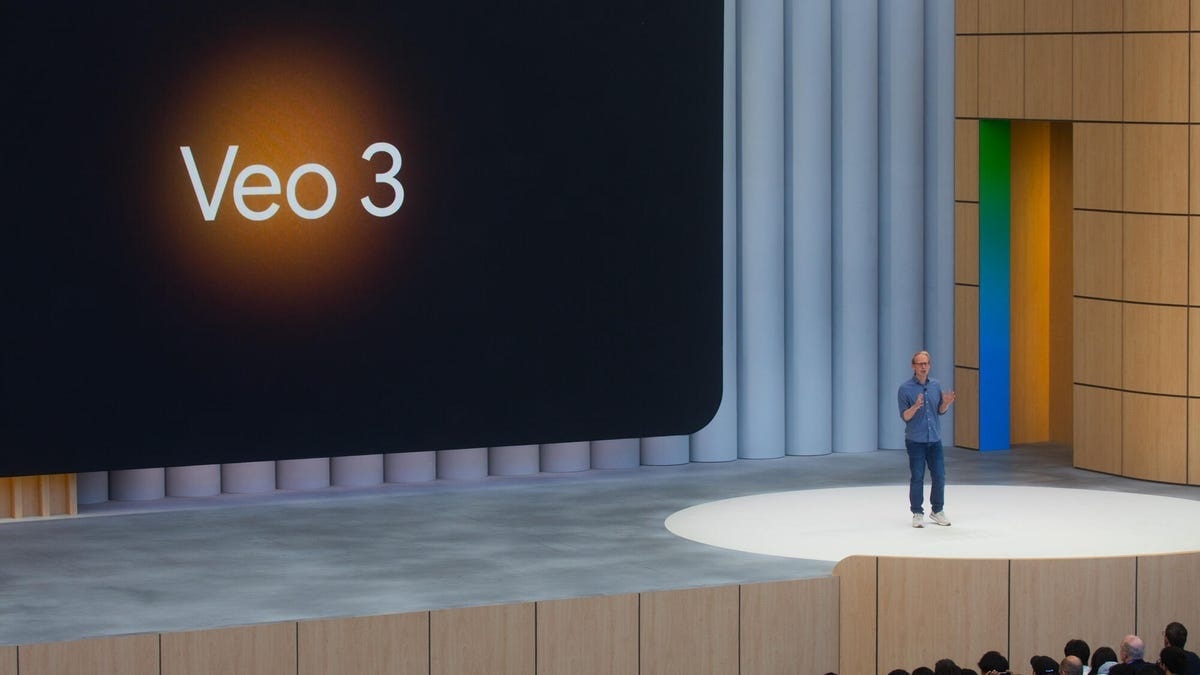Google has begun embedding a visible watermark in most AI-generated videos created with its Veo 3 model, as part of a broader effort to address growing concerns over deepfakes and misinformation. The move comes as Veo 3 becomes available to a wider group of users globally, following its recent rollout in the UK and 72 other countries.
The visible watermark is very subtle and easy to miss. It appears in the lower right corner of videos generated through Google’s Veo 3 platform, with the exception of those created via the Flow tool by users subscribed to the $249.99/month Gemini AI Ultra plan. The change was announced quietly through a thread by Josh Woodward, Vice President at Google Labs and Google Gemini, and further detailed in a blog post marking the expansion of Veo 3.
Woodward also announced in a post that Veo 3 will soon release in other countries, including India.
Until now, Google had relied solely on SynthID, an invisible digital watermark embedded in all AI-generated content, to help identify the origin of synthetic media. But SynthID, while sophisticated, lacks widespread accessibility and usability for everyday users. That poses a challenge, especially as hyper-realistic AI-generated content proliferates across social platforms, often without clear disclosure.
Veo 3 has gained significant attention since its debut at Google I/O 2025, thanks to its ability to produce cinematic, photorealistic videos complete with dialogue and audio. Users have employed it to create everything from animal fantasy clips to influencer-style ads, mock news segments, and unboxing videos, blurring the lines between real and synthetic.
With Veo 3’s realism raising the stakes for online misinformation, the visible watermark is intended to offer a more immediate layer of transparency. Still, critics have pointed out that the watermark is often faint and inconsistently visible across scenes, calling for improvements in size and placement.
Despite its limitations, the visible watermark marks a step forward as Google continues to test and expand SynthID’s detector tool, which is not yet widely available. As AI-generated video becomes more commonplace, such visible cues may play a critical role in helping audiences distinguish real footage from synthetic media.
